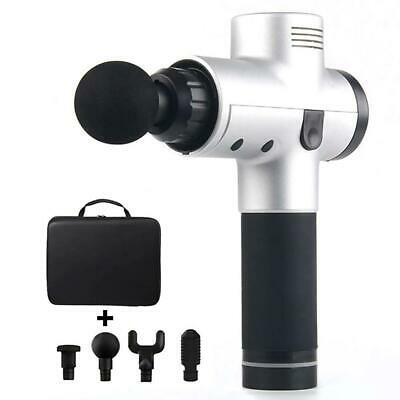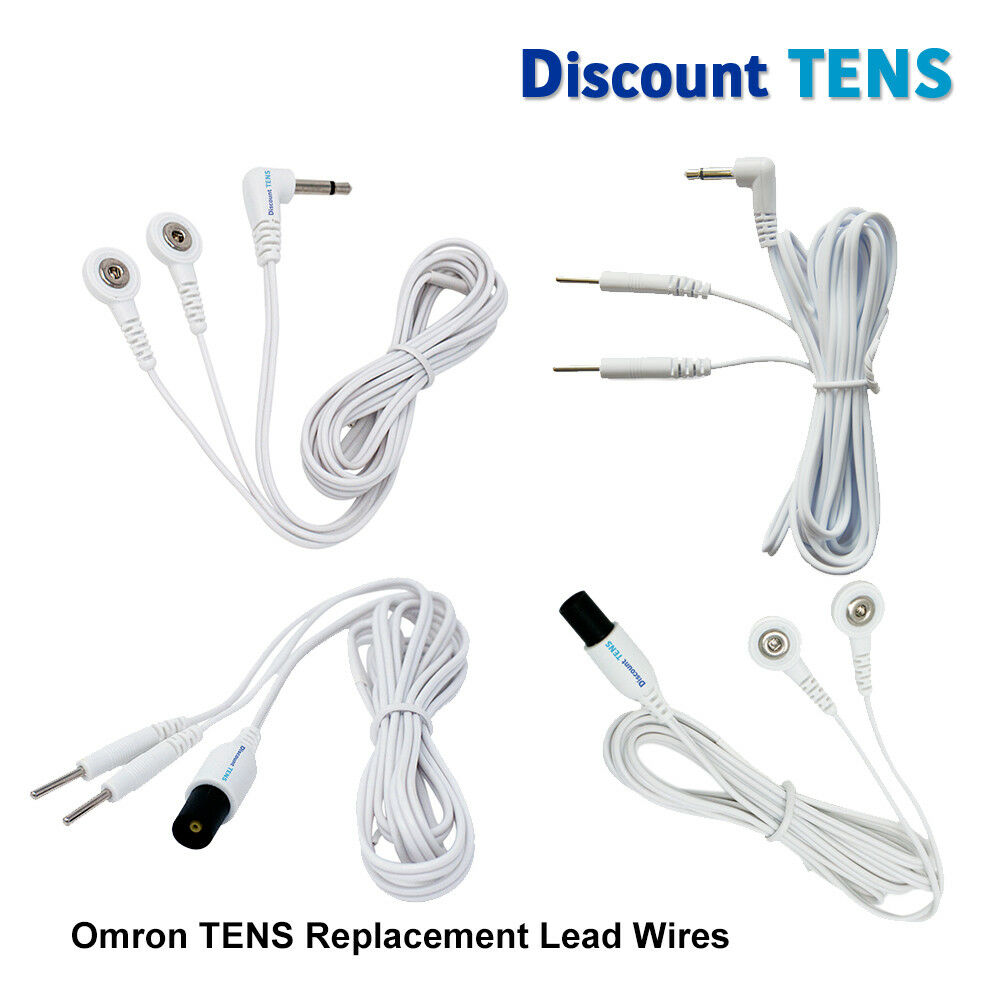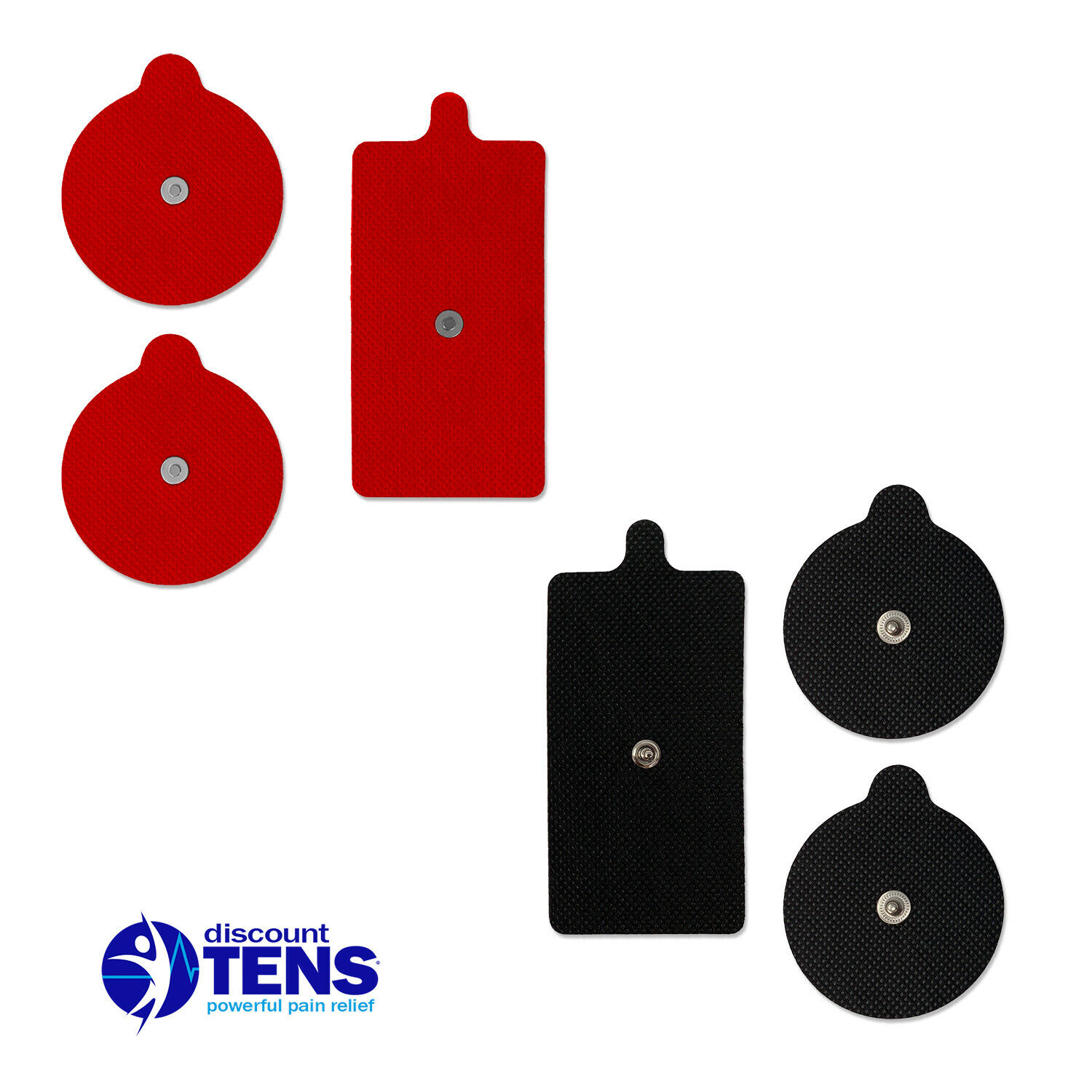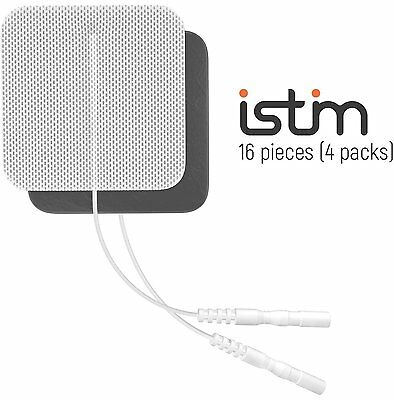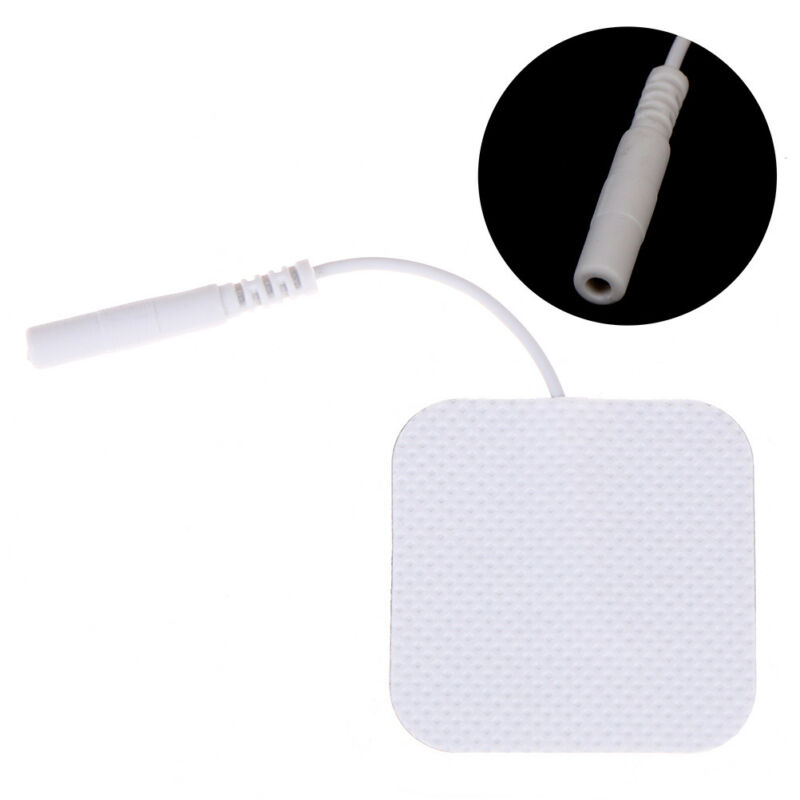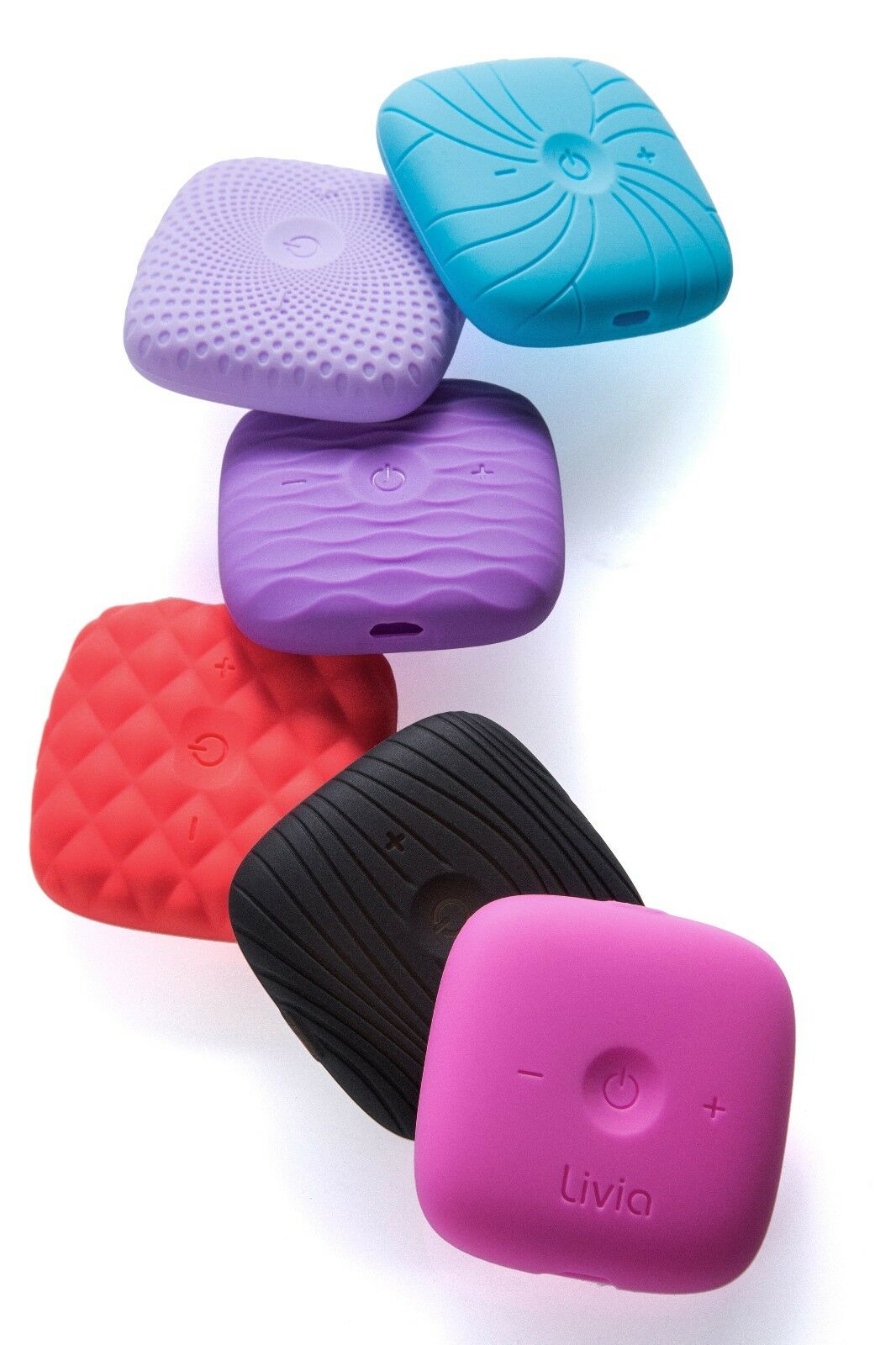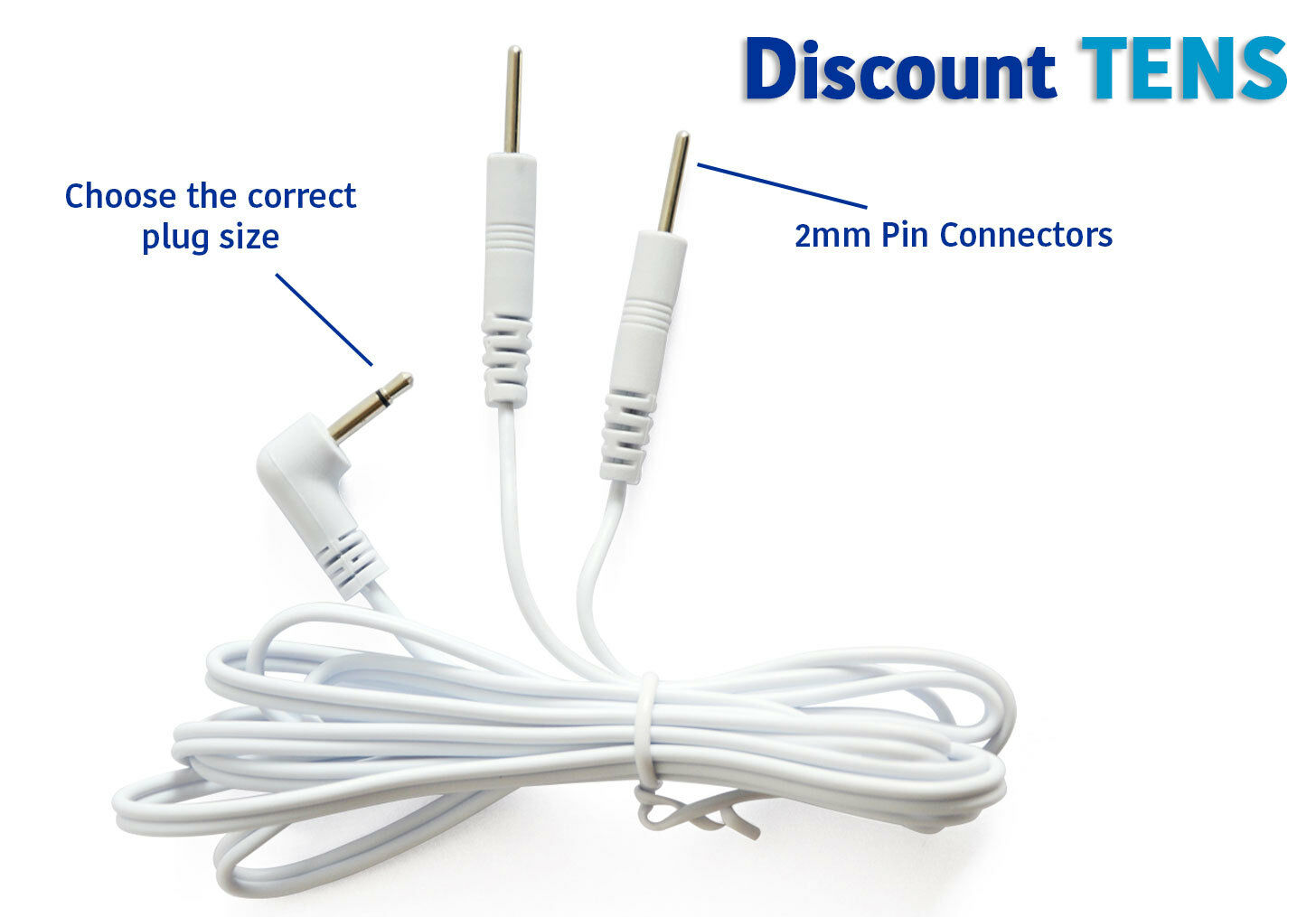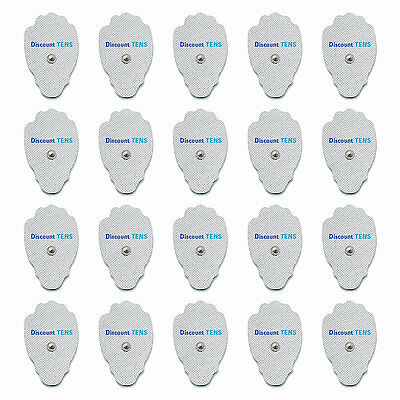-40%
Com-TENS III Machine
$ 42.24
- Description
- Size Guide
Description
The Com-TENS III unit affords customers a low-cost solution that provides reliable, effective treatment. It is used for alleviating chronic and acute pain and is designed for rehabilitation/physical therapy. The Com-TENS III comes complete with a carrying case, 9-volt battery, 2 lead wires, 1 package of 4 pre-gelled electrodes and an operating manual.Dual isolated channels
Adjustable pulse amplitude and frequency
Plastic clip design
Pocket sized
Easy operations
Technical Specifications:
Channel - Dual, isolated between channels
Pulse Intensity - Adjustable 0-80mA
Pulse Rate - 2Hz - 120 Hz (adjustable)
Pulse Width - 40us - 260us (adjustable)
To ensure your safety and to guarantee quality, this model (Com-TENS III) is registered with the Therapeutic Goods Administration (TGA) under 98095.
TENS stands for Transcutaneous (through the skin) Electrical Nerve Stimulation and is a treatment that uses low voltage electrical currents to relieve pain.
TENS is a method of electrical stimulation which primarily aims to provide a degree of symptomatic pain relief by exciting sensory nerves and thereby stimulating either the pain gate mechanism and/or the opioid system. The different methods of applying TENS relate to these different physiological mechanisms. The effectiveness of TENS varies with the clinical pain being treated, but research would suggest that when used ‘well’ it provides significantly greater pain relief than a placebo intervention.
The gentle electrical current is passed through electrodes which are taped to the skin near the site of the pain. The current comes from a small battery-operated machine. Because the machines are quite portable and easy to use, people find them convenient to use at home.
TENS is used by people to treat a variety of acute and chronic pain conditions, including low back pain, sciatica, neck pain, knee pain, osteoarthritis, rheumatoid arthritis, fibromyalgia, period pain, tennis elbow, phantom limb pain and the pain of childbirth. The electrodes must be placed near to the source of the pain, for example for back pain they should be placed around the centre of the painful area.
A suggestion on how to use the TENS:
This post will talk a little about how to use a TENS units to reduce the pain that you might experience in areas such as your back, knees and ankles.
Many people tell us that they buy their TENS machine because they are experiencing pain that might be limiting their activities. What we want to do is use the TENS machine so you can have a better quality of life; so that you can become more functional, you can go outside, you can go to sleep at night without having those issues of pain keeping you awake and causing problems.
With TENS it’s important to note that it doesn’t matter where your pain is coming from because the principle of treating pain with a TENS machine is the same all over your body.
With a TENS unit, you have some electrodes, which are soft pads that stick to your skin with a substance that is like a mild, temporary glue. The electrodes have little wire sockets attached to them and into those plugs go wires that plug into your TENS unit.
Before we get going make sure the channel switches on the top of the TENS machine are off, and that the switches on the front of the device are set to “C” and "N" respectively.
Principle number one is to identify your pain area. Let’s assume you’re suffering from lower back pain, which is quite common. Imagine a square on your lower back. Place an electrode at each corner of the imaginary square. Keep the plastic sheet so you can stick the electrodes back on later.
With your TENS unit you’ll see two wires, each with one black plug at one end and two plugs (a red and a black one) at the other.
Gently insert a red wire into the electrode at the top right-hand corner of the imaginary square, and the black plug into the electrode electrode in the top left-hand corner. The other end of the wire (with the single plug) can be placed into the Channel 1 socket on the top of the machine. Now you can slowly turn on the Channel 1 switch until you feel a slight tingling.
We always place the same colour wires into diagonally opposite electrodes, so place the second red one in the bottom left corner and the second black into the bottom right. Again, plug into Channel 2 and slowly turn on that channel until you feel a slight tingle.
You're feeling some stimulation here. Turn channel two up, you start feeling some more stimulation. Both of these channels are basically shooting little pulses of electricity at you, anywhere from 50 to 150 times a second. You feel it as a little skin buzz, a tingling sensation. Now, how much you turn up the channel (which is essentially how much tingling you’ll experience) is relative. It's according to where you experience the sensation of pain but it’s highly recommended you seek the advice of your physio or doctor to make sure you’re using the right amount.
You’ll see on the front of the TENS machine two little dials – Pulse Width (which regulates the width, also known as duration, of each pulse from 60 to 250 micro seconds) and Frequency (which requlates the frequency of the pulses from 2 pulses per second up to 150 pulses per second.
So, basically, increasing the frequency will increase the number of pulses and increasing the pulse width will make the pulses longer. The more you adjust these settings the more electricity flowing into you, and there will be a point that pulsing might become painful. It’s pretty obvious: always start at the low end and increase very slowly and never use a setting that causes pain. The electrical pulses should release endorphins (the body’s natural pain killer) so there’s no point causing more pain by using the TENS at the wrong setting.
By adjusting the settings, you may feel like the pulsing sensation from the TENS unit is actually going deeper and farther.
As an example, a 33-year old who has had major knee surgery and endures ongoing pain years after the surgery, uses a TENS machine regularly with Pulse Width set to 200, a Frequency of 10 and the Channels set at 4. This is only an example and you should adjust the settings to what works for you.
All we're trying to do is cover the pain area with a sensation that is not painful. If we can achieve that, you're going to be doing fine. Once you've got that tingling sensation at a comfortable level, you should close the top cover and the front cover so you won't accidentally hit the button and make the levels go up.
Now the unit is portable. You can put it in your pocket, or hold onto it. When you get ready to go to sleep at night, if your pain is great, wear the unit all night long. If you get ready to go outside and your pain is great, wear the unit whatever you're doing. The key to this is whenever you feel pain, use your TENS unit. That's all you have to do. If you turn it off and the pain comes back, turn it back on back make sure you’re not causing skin irritation from the electrodes from keeping them on too long.
Electrical muscle stimulation is internationally accepted for the treatment of muscular injuries. The way it works is by having electrical impulses go right into the muscle groups that we want to treat. Then those muscle groups are passively exercised.
This therapy has been used in hospitals, has been used in sports clinics for all sort of things, from muscle re-education, preventing muscle atrophy, treating muscle injury, increasing blood supply, increasing circulation, and increasing muscle tone. Commonly, many of the conditions that this is used to treat would include increasing range of motion, maintaining the same range of motion, increasing blood supply, decreasing muscle spasm, re-educating muscles, and even preventing thrombosis rmation post-surgically.
The TENS unit aims to help reduce pain without drugs and without intrusive procedures. It uses a low frequency electrical current to mask the pain.
What has been explained is that we try to completely surround the area of pain with the pads, the four electrodes.
There are three modes to the TENS unit – burst mode, modulation mode, and normal. These are set differently so as to keep the body from getting used to the TENS so it's more effective to the body. You can trial each mode to see which offers you the best results.




